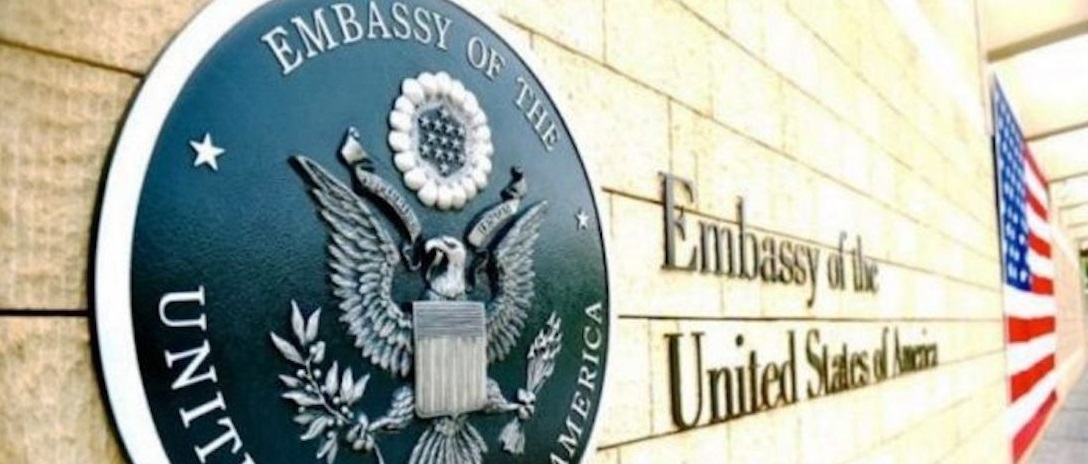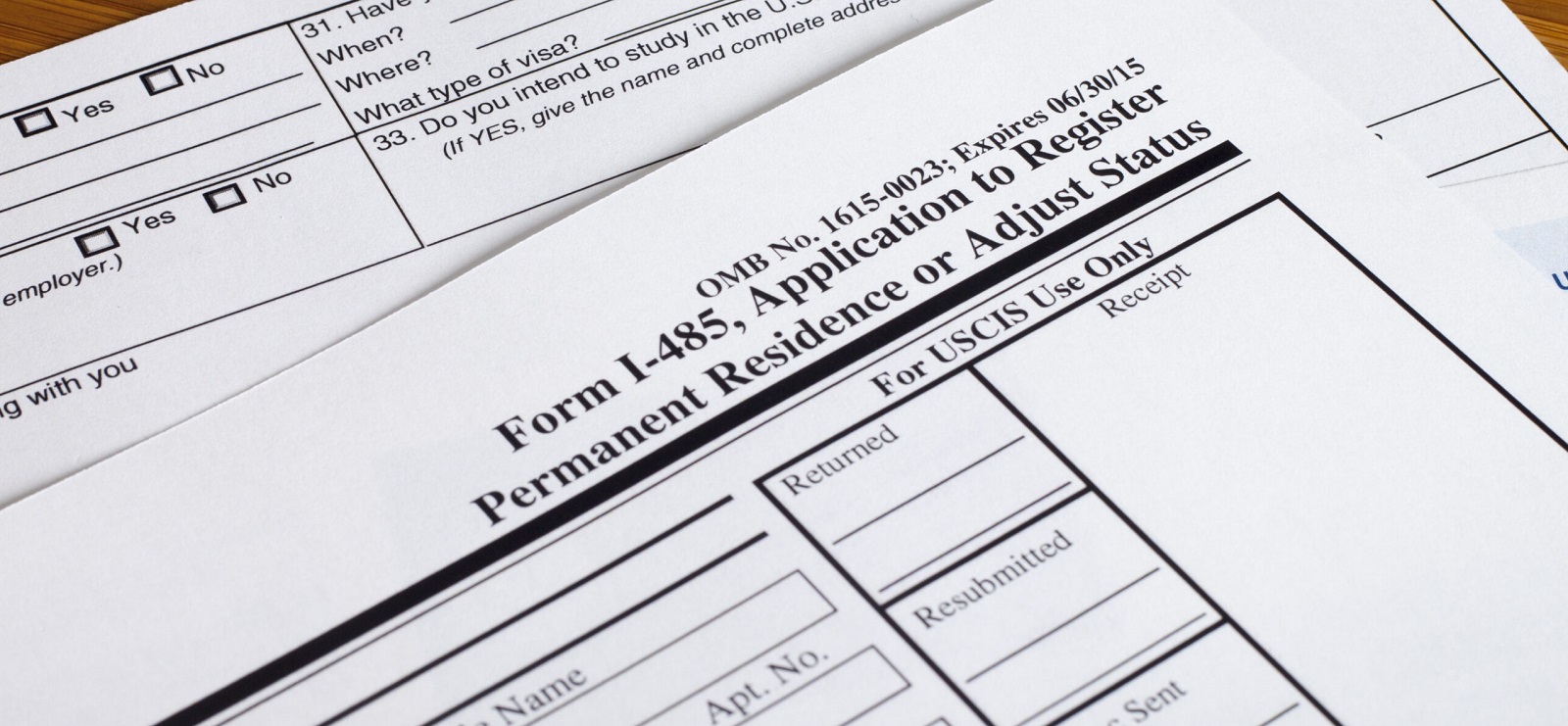
Getting married can be an overwhelming process, but navigating the U.S. immigration system is no easier. When a U.S. citizen marries a foreign national, there are fundamentally two different ways for the foreign citizen to immigrate to the United States and obtain a green card. The choice — a fiancé visa vs spouse visa — can cause confusion for many couples. Each has its own benefits. So what’s best for one couple may not be ideal for another couple’s situation. In making your decision, you’ll need to consider speed of the process, cost, as well as other factors.
Immigrate as a fiancé
Immigrate as a spouse
Options for same-sex couples
Compare fiancé visa vs spouse visa:
Generally, a couple can marry first and then immigrate to the United States. Or some couples may prefer to have the wedding in America. As a U.S citizen, you have two options to bring your partner to the United States (fiancé visa or spouse visa). Permanent residents may only petition a spouse; they cannot petition a fiancé.
Immigrate as a Fiancé (K-1 Visa)
A U.S. citizen may petition a foreign national fiancé to come to the United States for the purpose of marriage. Congress specifically created the K-1 visa for this purpose. Once the foreign fiancé has entered the United States with a K-1, they must marry the U.S. citizen within 90 days or depart the U.S. The process begins with U.S. citizen filing Form I-129F, Petition for Alien Fiancé. After marriage, the K-1 visa holder may adjust status to permanent resident. At the end of this process, U.S. Citizenship and Immigration Services (USCIS) issues the beneficiary a green card.
Immigrate as a Spouse (CR-1 or IR-1 Visa)
U.S. citizens and lawful permanent residents may petition a foreign national spouse to immigrate through marriage. The process begins with the U.S. citizen or permanent resident filing Form I-130, Petition for Alien Relative and Form I-130A, Supplemental Information for Spouse Beneficiary. The spouse will go through consular processing and enter the United States with an immigrant visa. Individuals with an immigrant visa receive a green card. USCIS mails the actual green card to the spouse shortly after entry. For a more detailed breakdown of consular processing and the various steps, review our article below.
If you are already married and the foreign national spouse is physically present in the United States, consular processing may not be appropriate for your situation. Instead, the foreign national spouse may want to apply for the green card from inside the U.S. This process is known as adjustment of status. Form I-130 continues to be an important part of the application package, but there are additional forms. For a complete description of adjustment of status, see our article below.
It also may be helpful at this point to provide a distinction between the CR-1 and IR-1 immigrant visas. They are essentially the same thing. However, USCIS will grant conditional residence (CR-1) when the marriage is less than two years old at the time of admission. Consequently, most foreign nationals evaluating the difference between a fiancé visa vs spouse visa will ultimately receive a CR-1 immigrant visa.
Same-Sex Marriages
Both the K-1 visa and CR-1/IR-1 spouse visa are available to same-sex couples. Same-sex spouses of U.S. citizens and permanent residents, including their minor children, are eligible for the same immigration benefits as opposite-sex spouses. Your eligibility to petition a spouse or fiancé, and your beneficiary's admissibility as an immigrant at the immigration visa application or adjustment of status stage, will be determined according to applicable immigration law and will not be denied as a result of the same-sex nature of your marriage. In other words, USCIS treats same-sex marriages the same. However, it is essential that the marriage was legal in the jurisdiction where it occurred.
Direct Fiancé Visa vs Spouse Visa Comparison
There isn't one option that's best for all couples. The best type of visa depends on you and your specific situation. It's often a personal decision. Here are several factors to consider when contrasting the fiancé visa vs spouse visa:
1. Place of Marriage
Congress designed the K-1 fiancé visa as a way for a foreign national fiancé to come to the U.S. for marriage. Therefore, the K-1 visa is generally the best solution if the couple desires to marry inside the United States. This path does require some pre-planning. The marriage must take place in the U.S. within the 90 days of the K-1’s admission to the United States. An adjustment of status package should ideally follow shortly thereafter. If your preference is a marriage outside the United States, the K-1 is probably is not the right choice for a visa. Some couples choose to have an unofficial wedding reception or religious ceremony that is not legally binding abroad then come to the U.S. to be legally married.
On the other hand, it is possible for the couple to marry in the United States without a K-1 visa if the foreign national is already physically present. If the foreign national had a lawful entry, the adjusting status to permanent resident is typically straight forward for the spouses of U.S. citizens. Even if the foreign national overstayed a visa many years ago, they can generally obtain a green card through marriage to a U.S. citizen without any special hurdles.
2. Speed of Marriage
If your priority is to become married as soon as possible, it will generally be quicker to marry outside the United States. (This assumes the foreign national is outside the United States.) The K-1 visa processing time is several months. There's a tradeoff. If you do opt to marry outside the United States, the U.S. citizen won't be able to file Form I-130 until you have married and have evidence of that marriage (marriage certificate).
Again, it is possible for the couple to immediately marry in the United States if the foreign national is already physically present.
3. Speed of U.S. Presence
If your goal is to be together in the United States as soon as possible, the K-1 visa is generally the fastest path. From the date of filing to the date of admission to the U.S., the K-1 visa processing time is typically a little shorter than the I-130 processing time. Current conditions, service center case loads, and your particular case could vary in length.
Many foreign nationals may consider entering on a B-2 visa or visa waiver program for the purpose of marriage or adjusting status. This is not recommended. Although many people do it successfully each year, it is a visa violation to have a preconceived intent to adjust status when entering the U.S. on most nonimmigrant visas.
Congress did introduce the K-3 visa for the spouses of U.S. citizens to reduce family separation. By design, the U.S. citizen may request a K-3 visa for a foreign spouse by filing Form I-129F. (You may file Form I-129F concurrently with Form I-130 or after filing the I-130 petition.) The K-3 visa allows the foreign national spouse to enter the United States to either await consular processing or simply apply for the green card through adjustment of status. In practice, the U.S. State Department rarely issues the K-3 visa. Generally, the State Department approves the immigrant visa petition first, rendering the K-3 unnecessary.
4. Supporting Documentation
The supporting documents that you'll need to submit for each process are very similar. Perhaps the most underestimated requirement is the need to prove that a bona fide relationship exists. Marriage fraud, using fictitious marriage information to circumvent immigration laws, has historically been a problem area for U.S. immigration officials. You must do more than produce a marriage certificate. You must demonstrate that a genuine relationship exists.
CitizenPath provides immigration services to help you prepare a petition for either visa. In addition to your prepared forms, CitizenPath provides you with customized filing instructions are tailored to your answers in the petition so you know what to do for your specific situation. The filing instructions provide a checklist for necessary supporting documents and how to organize your petition.
5. Cost of Fiancé Visa vs Spouse Visa
Note that in this comparison of fiancé visa vs spouse visa costs, we are including the fees all the way to a green card. Each path requires slightly different forms with various fees. If costs are a major concern, obtaining the spouse-based immigrant visa (CR-1 or IR-1) will generally be less expensive. This article has been updated with the new 04/01/2024 fee schedule.
Typical Fees for a K-1 Visa
| Expense Item | Cost (USD) |
| Filing Fee for Form I-129F | $675 |
| Filing Fee for K-1 Visa Application (DS-160) | $265 |
| Filing Fees for Adjustment of Status Package | $1,440 |
| ESTIMATED TOTAL | $2,380 |
There are potentially additional costs if the beneficiary wants to accept employment or travel abroad while waiting for the green card. You also may need help preparing this forms. CitizenPath offers an affordable K-1 Visa Petition Package and a separate Adjustment of Status Package to assist you with these forms.
Typical Fees for a CR-1/IR-1 Immigrant Visa
| Expense Item | Cost (USD) |
| Filing Fee for Form I-130/I-130A | $675 |
| Filing Fee for Immigrant Visa Application | $325 |
| NVC I-864 Review fee | $120 |
| USCIS Immigrant Fee | $220 |
| ESTIMATED TOTAL | $1,340 |
Estimates do not include any travel or hotel that may be required for appointments and/or interviews. Immigration medical exam fees will vary by region and doctor and also are not included.
Need help preparing the petition? Use CitizenPath's Immigrant Visa Petition Package to prepare Form I-130 and the I-130A supplement.
6. International Travel
If the immigrant fiancé travels frequently, consider this factor when deciding between the K-1 visa and spouse visa. A K-1 visa is valid for a single entry. International travel is not permitted until the foreign spouse files a Form I-485, Application to Adjust Status, along with an Application for Advance Parole (Form I-131). USCIS may not issue the advance parole document for several months after filing. If the foreign spouse travels abroad before an advance parole document is obtained, USCIS will consider the adjustment of status application abandoned. But a spouse that entered the U.S. with an immigrant visa (CR-1 or IR-1) can travel abroad immediately. An immigrant visa holder is a permanent resident upon admission to the U.S.
When comparing a fiancé visa vs spouse visa, there is more short-term flexibility for international travel if the foreign national obtains a CR-1 or IR-1 spouse visa.
Selecting the Best Path for Immigration by Marriage
The best choice is individual to you, your time line, and your budget. Regardless of the path you select for immigration by marriage, it's important to submit a sound application package.
Our software has been reviewed by immigration attorneys to ensure accuracy. It alerts you of potential problems and missing information. The software even provides explanations for many questions so that you can make informed decisions. What's more, it's backed up by live customer support during normal business hours.
We are so confident that your petition will be approved that we have a Money-back Approval Guarantee. If USCIS denies your petition or application, you get your USCIS fees AND our service fee back.
Take the guesswork out of your immigration application and prepare your forms using CitizenPath. Start preparing your application today and don’t pay until you’re good to go.
Want more immigration tips and how-to information for your family?
Sign up for CitizenPath’s FREE immigration newsletter and
SAVE 10%
on our immigration services







